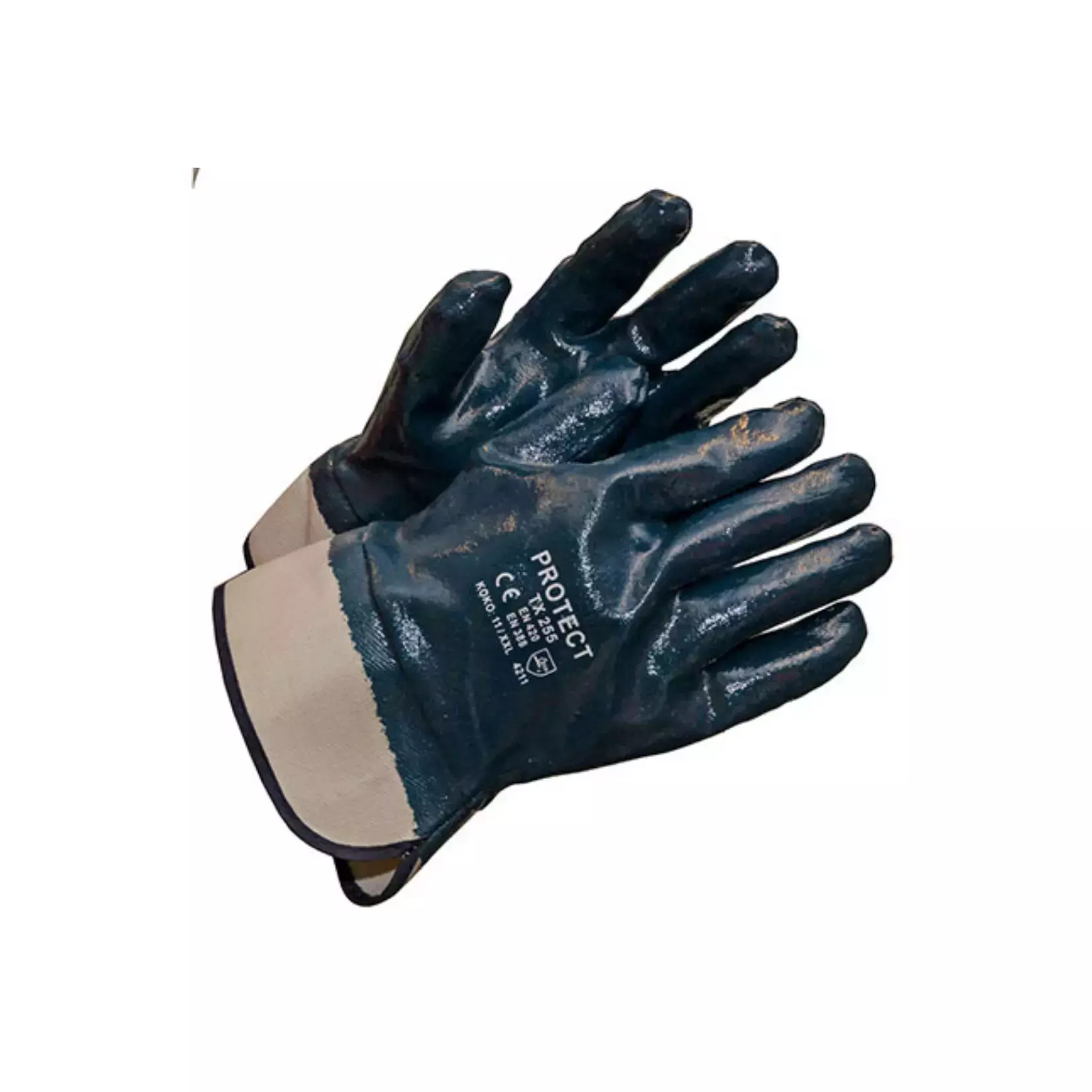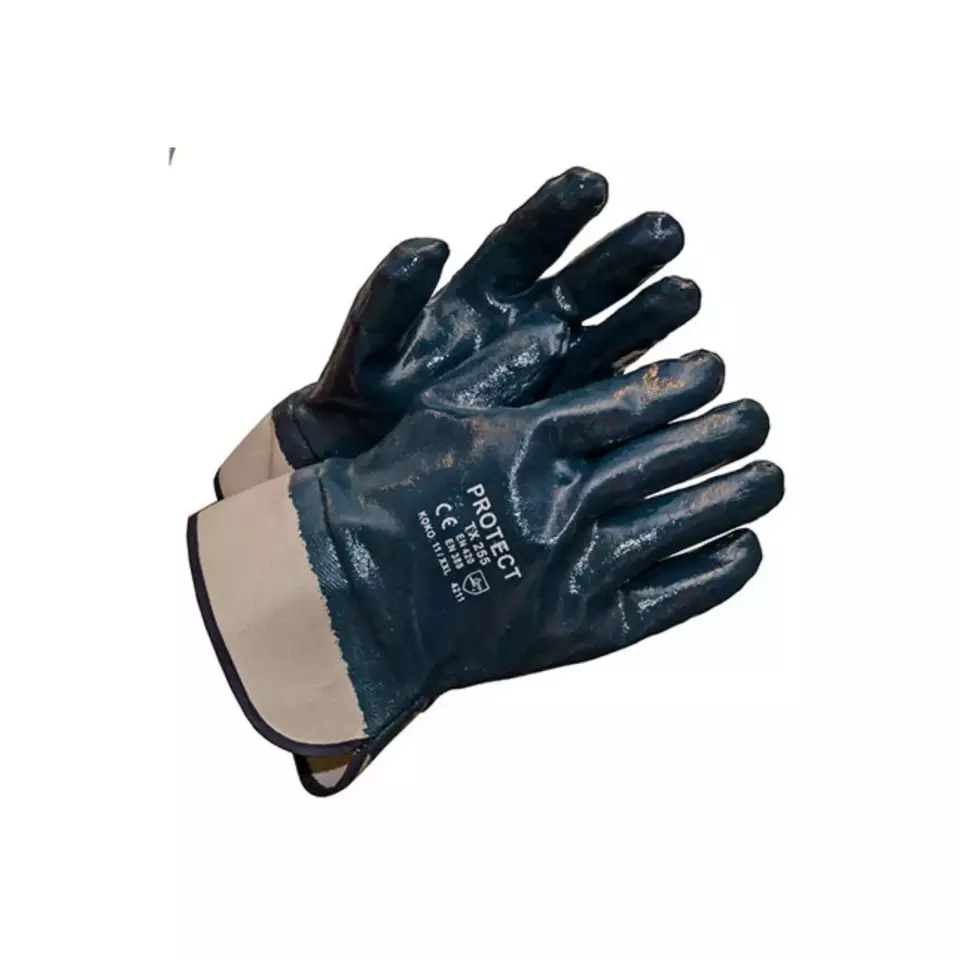
Features You'll Love

Cuff Style · Open
Coating Material · Nitrile
Palm Material · Cotton, Nitrile
EN 388 · Abrasion Resistance Level 4, Tear Resistance Level 1, Puncture Resistance Level 1
Determines how the glove secures around the wrist, affecting fit, protection from debris, and ease of putting gloves on and taking them off.
The material applied to glove surfaces to enhance grip, protection, and durability for specific work conditions and hazards.
Offers the highest level of protection against intense rubbing and wear from rough materials.
Provides basic resistance against snagging or catching on rough surfaces, offering minimal protection from tearing.
Provides basic protection against punctures from blunt objects like splinters, not sharp points like needles.
Protect
Cotton Fingered Gloves, 12 pairs
Cotton Fingered Gloves, 12 pairs
(22)
39,17 €
Price per 12 pairs
3,26 € / pair
Choose size
Shipping fee is 7,94 € for orders under 80,00 €
Features You'll Love

Cuff Style · Open
Coating Material · Nitrile
Palm Material · Cotton, Nitrile
EN 388 · Abrasion Resistance Level 4, Tear Resistance Level 1, Puncture Resistance Level 1
Determines how the glove secures around the wrist, affecting fit, protection from debris, and ease of putting gloves on and taking them off.
The material applied to glove surfaces to enhance grip, protection, and durability for specific work conditions and hazards.
Offers the highest level of protection against intense rubbing and wear from rough materials.
Provides basic resistance against snagging or catching on rough surfaces, offering minimal protection from tearing.
Provides basic protection against punctures from blunt objects like splinters, not sharp points like needles.
Product description
Protect 255 fully nitrile coated soft cotton thimble, in a pack of 12 pairs.
Pinstriped fabric fingertip provides durability and protection for demanding jobs. Safety collar design. Comfortable cotton lining on the inside. Nitrile for good protection against moisture and oils. Fully dipped design also provides very good protection for the back of the palm. Silicone free.